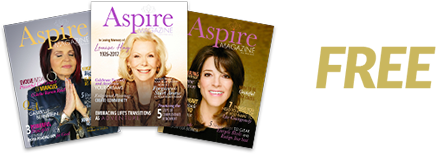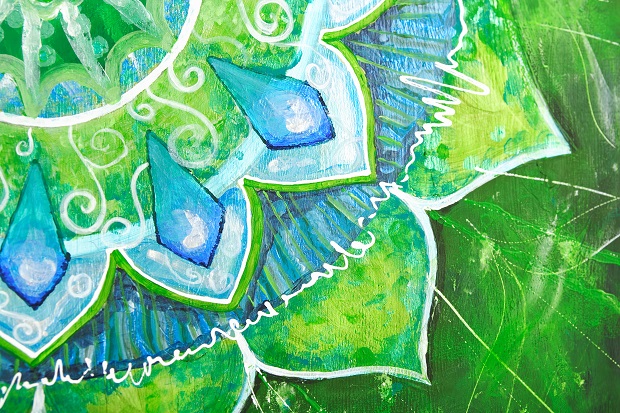Positioned along the spinal axis, from the tailbone to the crown of the head, the seven main energy centers of the body are called chakras. The fourth chakra is located in the heart center. It’s where matter and spirit meet. It marks the halfway point, with three chakras below and three above. This is a very important chakra indeed, as it’s our center of love and connection.
Here you transcend the confines of the lower chakras and move into a greater awareness of living in dharma, your righteous duty or virtuous path. Love flows from you. You are peaceful, joyful, and compassionate. Your actions are no longer self-serving but are motivated by helping others overcome suffering.
Anahata encompasses the heart center, lungs, arms, and hands. It also includes the circulatory and lymphatic systems.
The Anahata chakra is also where your deepest heartfelt desires reside. While you have desires that emanate from the second and third chakras, fourth chakra desires are deeper and more profound, with a greater spiritual quality to them.
The color we attribute to the heart chakra is emerald green. The mantra, or bija (seed) sound, we vocalize for the fourth chakra is YUM.
Recognizing Fourth Chakra Imbalances
Vulnerability is an attribute of the fourth chakra. To experience the rewards that emanate from the heart requires openheartedness, a two-way exchange of giver and receiver in an authentic manner. Intimacy and closeness are the prizes to be gained by your willingness to be vulnerable.
The limitations arise in recognition that we don’t live in a vacuum and that even those who live most of the time in fourth chakra energy also live in the energy of the first three chakras. If you’ve read the limitations of the first three chakras, you’ve also learned how they can easily bring you back down to lower states of consciousness.
Giving in to the fourth chakra limitations can lead to a continual fear of rejection and loneliness, and therefore putting up more walls. As you keep people out, those same people who once opened up to you and approached you with love will eventually leave, which further validates your fear of intimacy and vulnerability.
The way to end this cycle is to access higher sources of love that come from your spiritual connection to your Creator. Healing your heart each time you’re afflicted by someone else or even by self-disappointment is crucial to not falling prey to fourth chakra limitations.
Healing the Physical Body
Cardiovascular exercise is one of the best things you can do for your physical health in the fourth chakra. Doing cardio every day is most important and can be achieved through brisk walking for thirty minutes daily. Of course, if you enjoy other cardio activities, you can mix up your routine, but strive for movement that will elevate your heart rate to between 50 and 85 percent of your maximum heart rate for at least thirty minutes at a time. As a member of a Western and mostly sedentary society, you will see enormous benefits when you add this simple routine to your day.
To prevent blockages in the heart and cardiac plexus, as well as to keep your respiratory health optimal, you can eat a mostly vegetarian diet with a heavy emphasis on leafy green vegetables, berries, whole grains, lentils, beans, herbs, and spices. Since the Ayurvedic Kapha dosha governs the area of the chest, a Kapha-pacifying diet is especially beneficial if you have heart disease, high blood pressure, or respiratory illnesses. You can learn more about all Ayurvedic diets in my first book, The Wheel of Healing with Ayurveda: An Easy Guide to a Healthy Lifestyle.
Fourth Chakra Mindfulness Ideas to Ponder
- I am ready to release hurt from my heart and forgive everyone who has harmed me, including myself.
- I am open to giving and receiving love and know I am worthy of love.
- I feel compassion toward others, especially those whom I don’t understand.
- I am a vessel of God’s love, transporting unconditional acceptance to all who need it.
Excerpted from the book Chakra Healing for Vibrant Energy: Exploring Your 7 Energy Centers with Mindfulness, Yoga, and Ayurveda. Copyright © 2018 by Michelle S. Fondin. Printed with permission from New World Library. www.newworldlibrary.com




